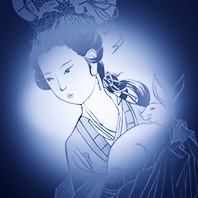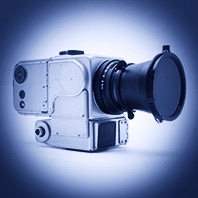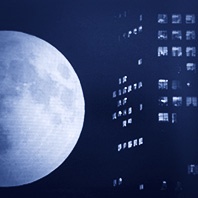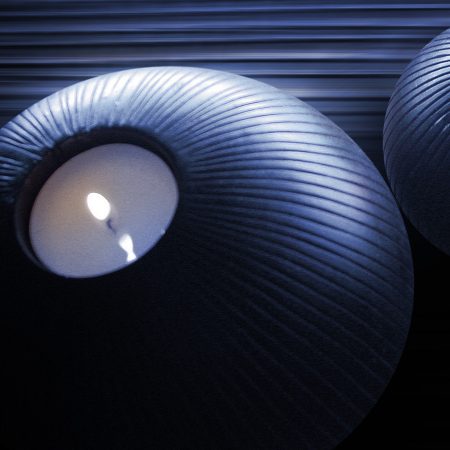Rubrik: Worth seeing
A moon bridge is a pedestrian bridge, of which the semicircular arch completes a full circle through its reflection in the water and reminds of the full moon. In the old days, the high arch especially, served the purpose for barges to comfortably pass through underneath. Moon bridges originate in the Asian culture and were often built in Japanese and Chinese gardens. The mostly used materials were wood, stone and metal.
Read more
Chang’e is the Chinese moon goddess. She does not symbolically represent the Moon, like for example the Greek moon goddess Selene, but Chang’e lives on the Moon and is befriended with the well-known rabbit that is very familiar to us. But has she always been up there?
The legend says that she got there some thousand years ago. There are different versions of the story, which we don’t want to elaborate on. In any case, her husband Hou Yi plays a central role, who came to help because of his skillfulness in archery, when ten suns threatened to burn the Earth and he shot down nine from the sky.
Read more
»Moon Wood« (aka »lunar cycle wood«) is the name for the wood of trees, which are felled during a specific time of the lunar cycle, and are therefore attributed with better traits, with regard to quality, stability, durability, and resistance against pest etc. Just like with many other moon related traditions, there is currently very little proof of the actual influence of the Moon. Still, many people have faith in this special effect and are prepared to pay up to 30% more for moon wood. The use is popular from buildings through to musical instruments.
Read more
The medium-format cameras by the Swedish manufacturer Hasselblad, enjoy a legendary reputation and were – at least back then – probably the best cameras in the world. Not surprising that NASA chose exactly this brand during their equipment selection for their Moon missions. At that time, everything revolved around photographic quality of taking the pictures and moreso, around the reliability of the cameras. Back then, you did not have the opportunity to immediately examine whether a photograph turned out well, because all material could be developed only after the return to Earth. So, with regards to cameras there was the need to hedge one’s bets – inconceivable, if those photos would have turned out a complete flop.
Read more
Richard Riemerschmid (1868–1957) was a German artist and architect and a major figure in Jugendstil (German form of Art Nouveau). Further, he worked in arts and handcrafts and created furniture, fabrics, wall paper, and dishes, and was the co-founder of the German Association of Craftsmen – an association of artists, architects and business men.
Read more
“Koyaanisqatsi” is a film by the American director Godfrey Reggio, which was made between 1975 and 1982. The term “ko-yaa-nis-qatsi” derives from the language of the Hopi tribe and means “life out of balance” or “life in turmoil”. The movie manages without words, conveys its message with powerful images and haunting music by Philip Glass. It is a critical film that serves as eye-opener for the dark side of our civilization through comparing of poetic impressions of nature and images of the consequences of human activity. “Koyaanisqatsi” is the first part of a trilogy, followed by “Powaqqatsi” (1988) and “Naqoyqatsi” (2002).
Read more
The song »Space Oddity« by the British musician David Bowie (1947–2016) made history. Bowie’s inspiration for this piece composed in 1968, was the science fiction classic »2001: A Space Odyssey« by Stanley Kubrick.
It tells the fictional story of the astronaut Major Tom, who leaves his spacecraft during a flight through space and says his farewell to the people. The last four lines of the lyrics also mention the Moon:
Read more
Frank Frazetta (1928–2010) was an American fantasy and science fiction illustrator and belongs to one of the greatest artists of this genre. With his distinctive style, he was as a great example to an entire generation of artists. His work continues to receive high appreciation, down to the present day.
He began with illustrations of covers for comics and books in the 60’s began (i.e. »Conan the Barbarian« or »Tarzan«), designed movie posters (i.e. »What’s New Pussycat?« or »The Fearless Vampire Killers«) and album covers. In addition, he created a lot of free art work.
Read more
The Christmas advertising campaigns of the well known English department store John Lewis, have developed into a yearly tradition since their start in 2007 and have become part of pre-Christmas Internet culture. John Lewis has been awarded the “IPA Effectiveness Award” with its 2012 Christmas campaign. This year, the video called “Man On The Moon” was published – parallel to the Christmas full moon on 25th December 2015.
Read more
The American astronaut David Scott (* 1932) conducted an interesting experiment on the Moon, toward the end of the Apollo 15 mission in July/August 1971. In front of a running camera, he dropped a hammer (2.9 lb) and a falcon’s feather (0.06 lb), just to prove Galileo Galileis’ (1564–1641) thesis that objects fall to the ground with the same speed, regardless of their mass, provided the air resistance does not slow them down, as it is the case on Earth. On our planet, this experiment could only be demonstrated in a vacuum.
Read more










